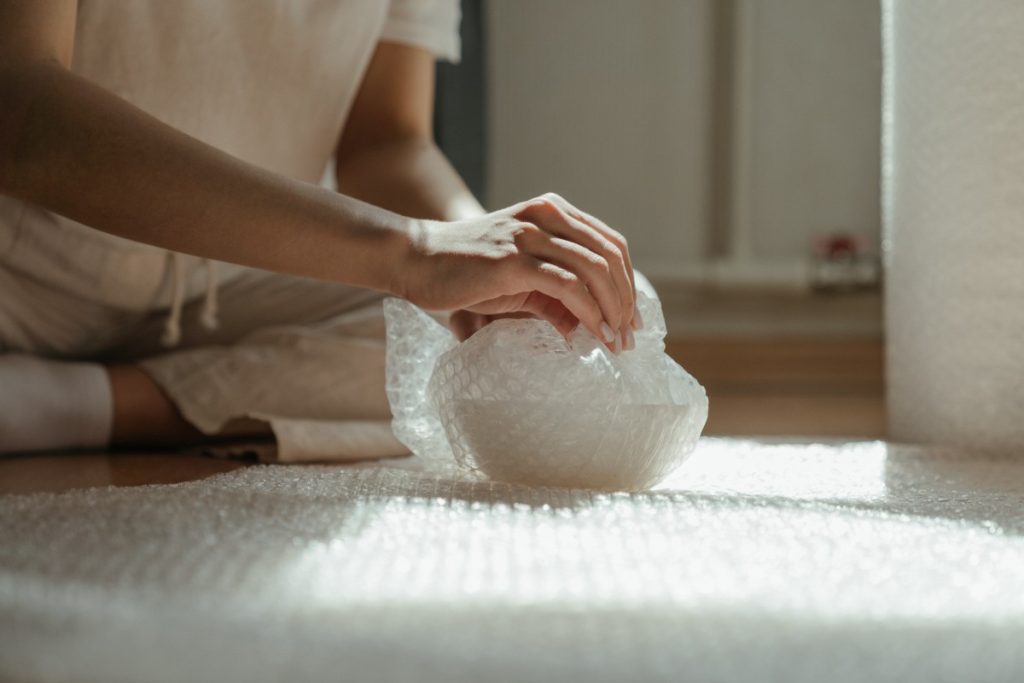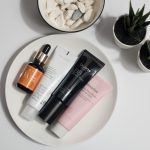Out of all the packaging materials out there, bubble wrap is probably the easiest and the most fun. Those air-filled holes are so fun to pop, no matter what your age is.
In terms of packing, using a bubble wrap roll can be fun too — especially if you use it properly. Those air-filled holes aren’t just fun to pop; they also offer enough protection for any product, no matter how fragile they are. Another plus: they’re pretty light so high shipping costs shouldn’t be a problem.
Whether you’re shipping out boxed packaged goods or bagged items, you need some bubble wrap for them. But there’s more to wrapping with bubble wrap than wrapping the products and being done with it. Correct wrapping methods combined with a thorough understanding of your product’s protection needs to ensure you get the most value out of your material.
When Should You Use Bubble Wrap?
Bubble wrap offers another layer of protection for fragile items. It’s a lifesaver for business owners who dread complaints and returns since these take money and time. Instead of dealing with angry customers, it’s best to invest in protective packaging like bubble wrap.
But do you always need to bubble wrap your products?
Consider the level of protection your products need, as well as the type of packaging you’re using. For example, if you’re shipping small items with a poly mailer, the mailer already has bubble wrap built into its envelope. You don’t have to use more bubble wrap.
If you are shipping fragile items or just want another layer of protection from bumps or scratches, use bubble wrap. Anything breakable, valuable or heavy can benefit from another layer of bubble wrap.
What Type of Bubble Wrap Should You Use?
All bubble wrap rolls might look the same but they are available in different sizes, shapes, colors and styles. Bubble wraps are available as sheets, tubings, bags and more. So, if you have too many options but too little time, start by evaluating the products you’re shipping: how big are they and how much protection do they need?
Larger bubbles offer the most protection while smaller bubble wraps offer less protection but can easily fit in smaller boxes. Fortunately, many suppliers customize bubble wrap sizes. If you are offering unusually shaped items, consider bubble wrap tubing. If you are shipping out mirrors or frames, use corner guards to prevent dents during transit.
If you are shipping out gadgets, use anti-static bubble wrap to avoid static electricity, which can damage electronic chips.
How Do You Properly Bubble Wrap Your Products?

Once you’ve selected the right wrapping for your products, it’s time to wrap! How you wrap them can make or break them in transit — literally.
There are different bubble wrapping methods, but there are basic principles to follow: use the right materials, cover all the surfaces and secure them well.
Keep in mind the following tips:
- Wrap your items on a flat surface. Make sure the area is also dry and free of clutter.
- Lay the bubble wrap side up. The bubble wrap’s textured surface has a better grip of the items. These will keep your items from moving around during transit.
- Pick your wrapping method. There are two methods to consider: folding and “burrito.” The first method involves placing your items at the center of the bubble wrap sheet. Next, fold the wrap from both sides to cover your items. On the other hand, the burrito method involves placing the items on one side or corner of the sheet.
- Make sure you have enough bubble wrap. It’s better to have more sheets than none at all. Completely cover your products in bubble wrap and add another layer to protect them from drops and bumps.
- Always use scissors when removing the bubble wrap. Avoid using your hands. Tearing the wrap with your hands can damage the item or cause more accidents.
How Do You Bubble Wrap Irregularly-Shaped Items?
If your products are irregularly-sized, it can be difficult to wrap them. Rolling them up in a single layer of bubble wrap isn’t enough. Instead, secure your items by using separate layers of bubble wrap to protect the vulnerable areas of the item. Bubble wrapping items in sections protect the weaker portions of your product from damage.
The Bottom Line
Bubble wrap is a great packaging material, especially when you use it to properly wrap your products. Whether you just need a little bit of protection for your items or are shipping fragile products, using bubble wrap gives you peace of mind.



